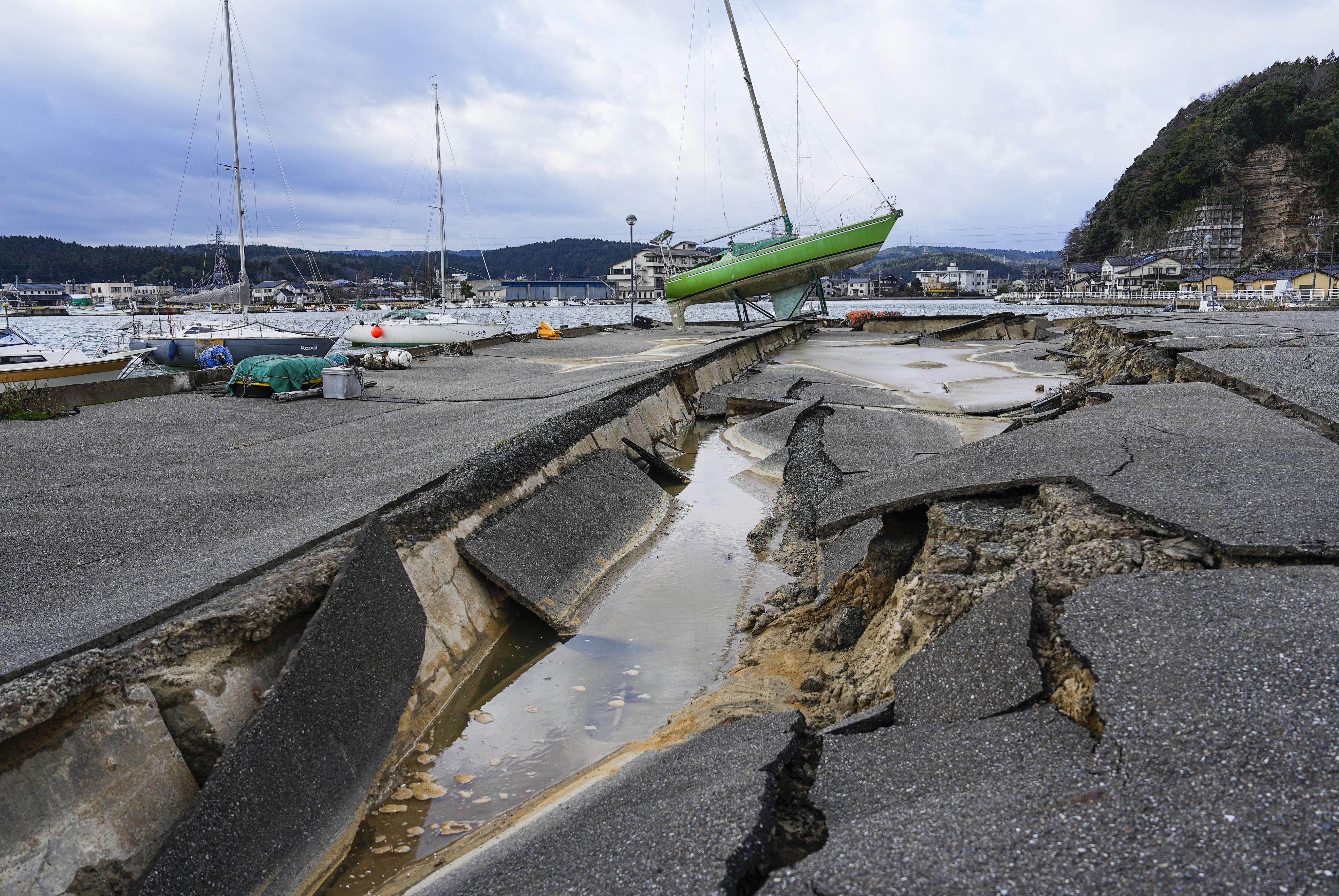Japan on alert as Hokkaido tremors reignite megaquake fears
While scientists stress earthquakes are impossible to predict, residents are being urged to prepare for a worst-case scenario

A string of moderate earthquakes off the coast of Japan’s northern island of Hokkaido has reignited concerns among experts and residents about the risk of a catastrophic seismic event – though scientists stress the tremors do not necessarily signal an impending disaster.
Local authorities are taking no chances, however, instructing residents to take precautions just in case the new seismic activity proves to be a precursor to a long-feared megaquake.
A magnitude 4.7 quake struck off the southeast coast of the prefecture at 4.08am on Monday, just 16 minutes after a 6.3 tremor nearby. In a little over six hours from 5.37pm on Saturday, there had been no fewer than five tremors ranging from 4.3 to a magnitude of 6.1 in the same area.
The previous day, a 5.4-magnitude quake struck a little further north, but still close to the Chishima Trench. Running parallel to the Japanese coast, the 2,200km (1,400-mile) fault is where the Pacific tectonic plate subducts under the North American plate, causing a great deal of seismic activity.

The Japan Meteorological Agency (JMA) said that none of the quakes were severe enough to trigger additional seismic activity and that they were being treated as isolated incidents. But the agency did warn that the Chishima Trench had been the source of megaquakes in the past.
Research indicates that earthquakes with a magnitude of around 8 occur off the east coast of Hokkaido at regular intervals, with even larger tremors reported along the same fault line to the north and south.
In November 1952, a magnitude 9 quake struck off the east coast of Russia’s Kamchatka Peninsula to the north, while the March 2011 earthquake, tsunami and nuclear disaster across eastern Japan was triggered by an offshore earthquake with a magnitude of 9.1, the third largest in recorded history.
Megaquake risk remains
“There have been several magnitude 5 and 6 quakes in a short period of time, but this kind of event has happened in the past as well so I cannot say that it is a strong indication of more activity of the precursor to a giant quake,” said Fumiaki Tomita, an assistant professor at Tohoku University’s research centre for the prediction of earthquakes and volcanic eruptions.
“We should not be excessively concerned about this activity, but we do have to very carefully and continuously monitor this kind of seismic activity.”
Tomita pointed out that predicting an earthquake was effectively impossible. “Nevertheless, the risk of a megaquake remains and it could occur at any time. People need to be aware of the dangers of earthquakes and tsunamis and be prepared to evacuate at all times.”
A five-year study of the Chishima Trench, published in March, found that the build-up of stress between the two tectonic plates could trigger a catastrophic magnitude 9 quake.
The JMA has produced a leaflet for people living in Hokkaido and northeast Japan who would be most seriously affected by a major quake, warning that it could generate a tsunami up to 30 metres (100 feet) high.
In the event of a magnitude 9 quake, around 199,000 people would die, the agency said, while more would succumb to below-freezing temperatures if the disaster struck in winter.
The agency has warned residents in tsunami-prone areas to be ready to evacuate to higher ground immediately, urging everyone to follow the emergency services’ instructions and prepare essential supplies like food, water and first aid kits.
With around 7,000 inhabitants, Hiroo is the closest town to the current seismic activity. During the March 2011 Tohoku disaster, more than 220 households in the town were evacuated and a series of tsunamis of around 3 metres (10 feet) in height caused damage to homes, the harbour district, fishing port and other local infrastructure.
A town hall official said residents had felt the recent rash of tremors but were “not frightened” about the sudden seismic activity, adding that the prefectural government issued a new statement on Tuesday warning local people to take precautions.